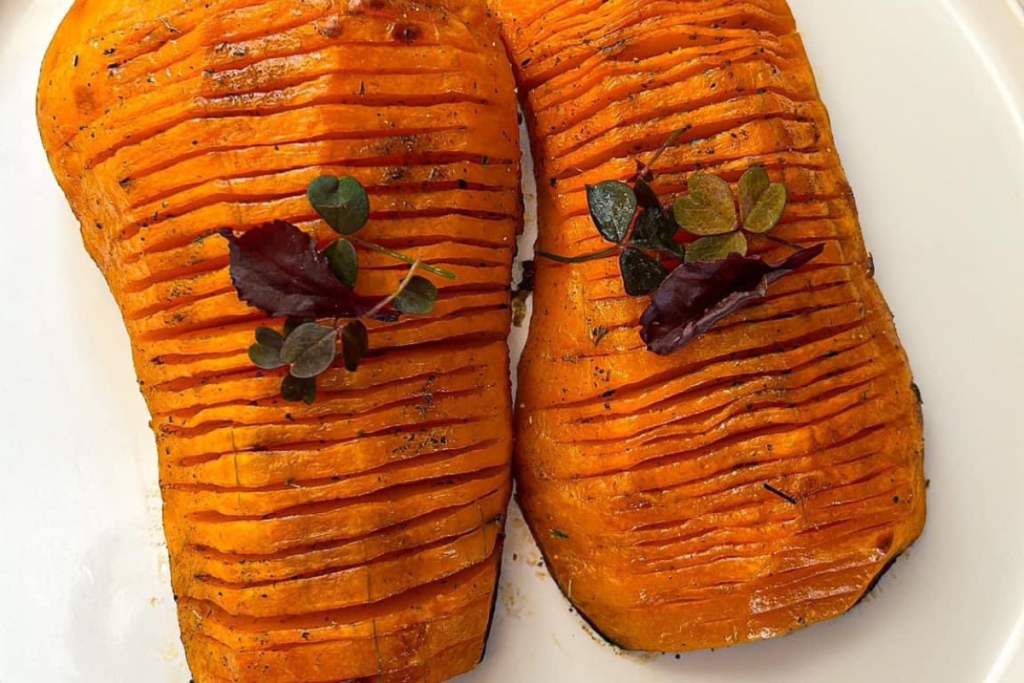By Mthokozisi Dlamini
Providing indigenous food to children is a beneficial strategy to maintain their health and to foster a connection to their heritage. However, many parents and childminders struggle to develop a visual appetite while preparing and presenting dishes.
Kitchen art enthusiasts have shared their creativity, emphasising the importance of balancing health, flavour and presentation when preparing food.
The Credible Source by DUT interviewed some parents about their methods of preparing indigenous food for their children and how they enhance the visual appetite when serving the dishes.
Nondumiso Mkhize said that one of the traditional dishes her childreni enjoy isigwaqane, a simple but wholesome mixture of maize and sugar beans.
Mkhize says she adds soft vegetables, such as carrots, spinach and pumpkin, to make things more attractive to her children. These vegetables enrich the nutritional value and introduce different textures and colours to the dish, which makes it attractive to her children.
“When children see different colours on their plate, it makes them more interested to try it. For example, mixing orange from the carrots and green from the spinach with the natural colours of maize and beans makes the dish looks more (appetising),” she advises.
Another mother, Nontando Msomi, said that how food is presented is significant to children.
She added that to get children’s interest in indigenous food, it should be presented in fun shapes or patterns, which will encourage them to sample them.
“Cut their food in star shapes or arrange the dish as a smiley face. That will get their attention (because it looks fun). Also, let them help prepare the meal. Being involved will make them want to eat the final product.”
Thenjiwe Duma, yet another mother, suggests incorporating modern twists to indigenous food to make it more appealing to children, which is something she has tried successfully to make her children fall in love with sweet potatoes.
“To make them (sweet potatoes) more exciting for my children, I often grill them with ground ginger and a blend of spices, adding different flavours. This makes the food more flavourful, which is why they love it more. Roasting makes them crispy, which goes nicely with their soft, fluffy insides. Kids love foods that are easy to chew but have a bit of crunch, but sometimes I serve them as a mash with a little gravy,” she said.
Sindisiwe Dlamini said that to get children interested in indigenous foods, they usually eat meals together from one large plate, using their hands to eat.
“This helps us bond, but it also makes the meal more enjoyable to the kids because they see everyone eating and enjoying the same food. Eating like this creates a special moment and helps them to appreciate traditional dishes more.”
She added that children are more likely to appreciate traditional foods when they see the whole family enjoying the same dish, making eating together fun and interactive.
The mothers agree on one thing – that fostering a child’s appetite for indigenous food visually necessitates a balance of health, flavour and presentation.


